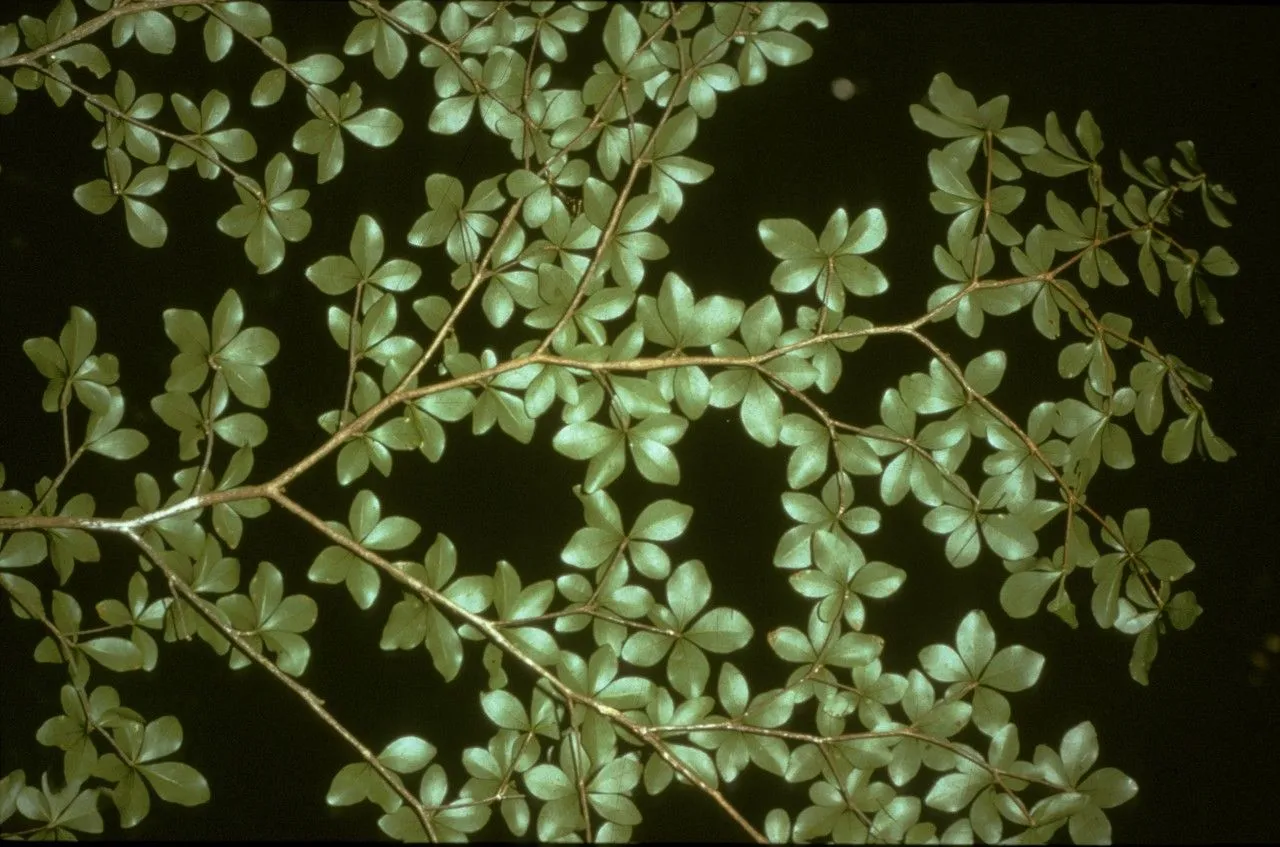
Author: (J.F.Gmel.) Exell
Bibliography: A.A.Pulle, Fl. Suriname 3: 173 (1935)
Year: 1935
Status: accepted
Rank: species
Genus: Terminalia
Vegetable: False
Observations: S. Mexico to S. Trop. America and Trinidad
The White-olive, scientifically known as Terminalia amazonia, is a prominent species within the Combretaceae family. This remarkable tree was first described in botanical literature by the work of A.A. Pulle, specifically in “Fl. Suriname 3: 173” published in 1935. The nomenclature attribution goes to the botanist J.F. Gmelin, with further classifications by Exell.
Terminalia amazonia thrives predominantly in regions stretching from southern Mexico down to southern Tropical America, including the diverse ecosystems of Trinidad. This expansive geographical distribution highlights the species’ adaptability to a variety of tropical climates and forest habitats.
As a member of the Combretaceae family, the White-olive is related to a number of other significant tropical trees and shrubs. The trees typically showcase impressive growth, attaining substantial heights, and often become integral components of forest canopies. Their distinctive foliage, bark, and branching structures contribute not only to their ecological roles but also to their aesthetic and commercial values.
In local ecosystems, Terminalia amazonia plays an essential role in maintaining biodiversity. It provides habitat and food for various wildlife species, contributing to the intricate web of tropical forest life. Additionally, like many Terminalia species, it possesses properties that have been utilized in traditional medicine and potential applications in modern pharmaceutical research.
Observations of Terminalia amazonia across its natural range underline its ecological significance and the necessity for sustainable management practices. Efforts in conservation and responsible forestry practices ensure that the White-olive continues to be a perennial feature of America’s tropical landscapes.
Por: meringiba-de-mata
Spa: nogal amarillo
Eng: white-olive
En: White-olive
Pt: Meringiba-de-mata
Es: Nogal amarillo
© copyright of the Board of Trustees of the Royal Botanic Gardens, Kew.
© copyright of the Board of Trustees of the Royal Botanic Gardens, Kew.
© copyright of the Board of Trustees of the Royal Botanic Gardens, Kew.
Taken Jan 1, 1970 by Daniel Barthelemy (cc-by-nc)
Taken Sep 12, 2015 by Nelson Zamora Villalobos (cc-by-nc)
Taken Sep 12, 2015 by Nelson Zamora Villalobos (cc-by-nc)
Taken Sep 12, 2015 by Nelson Zamora Villalobos (cc-by-nc)
Taken Sep 12, 2015 by Nelson Zamora Villalobos (cc-by-nc)
Taken Sep 12, 2015 by Nelson Zamora Villalobos (cc-by-nc)
Family: Myrtaceae Author: (F.Muell.) K.D.Hill & L.A.S.Johnson Bibliography: Telopea 6: 402 (1995) Year: 1995 Status:…
Family: Rubiaceae Author: Pierre ex A.Froehner Bibliography: Notizbl. Bot. Gart. Berlin-Dahlem 1: 237 (1897) Year:…
Family: Sapindaceae Author: Koidz. Bibliography: J. Coll. Sci. Imp. Univ. Tokyo 32(1): 38 (1911) Year:…
Family: Asteraceae Author: A.Gray Bibliography: Pacif. Railr. Rep.: 107 (1857) Year: 1857 Status: accepted Rank:…
Family: Fabaceae Author: Medik. Bibliography: Vorles. Churpfälz. Phys.-Ökon. Ges. 2: 398 (1787) Year: 1787 Status:…
Family: Aspleniaceae Author: (Cav.) Alston Bibliography: Bull. Misc. Inform. Kew 1932: 309 (1932) Year: 1932…